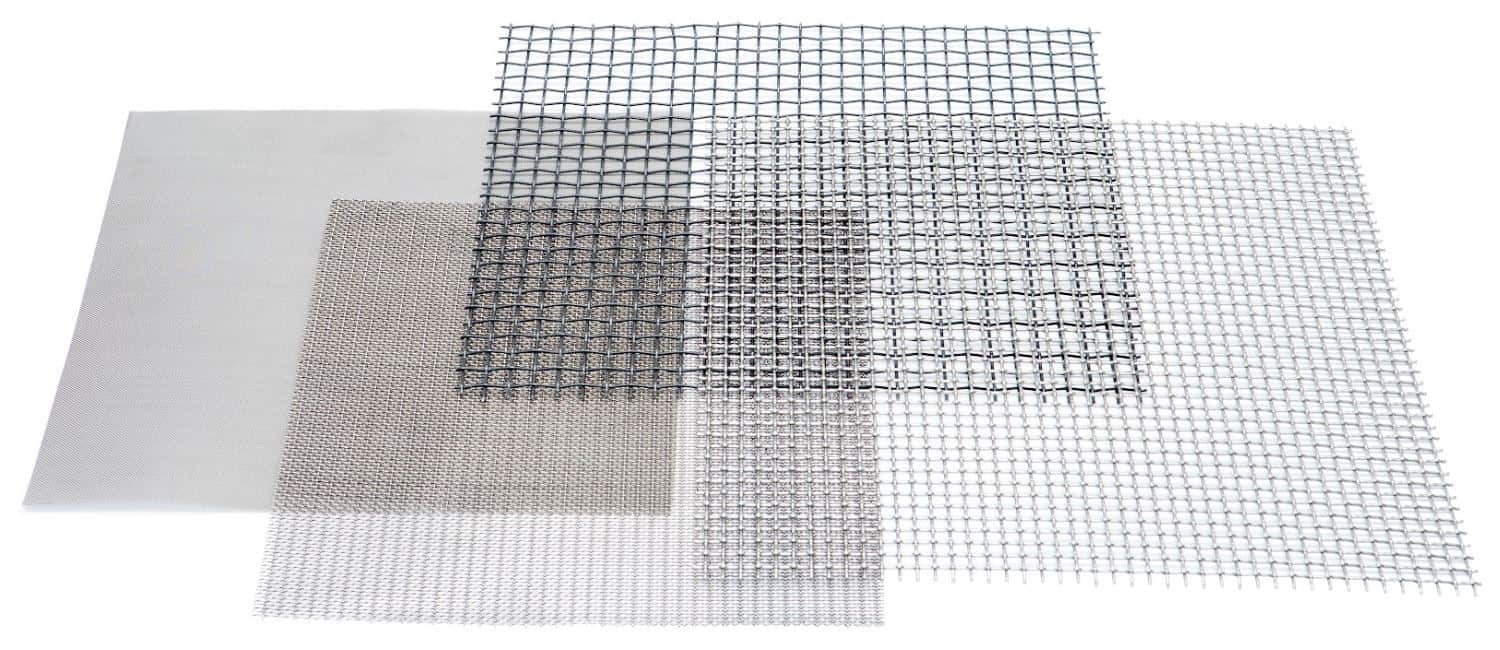The Role of Woven Wire Mesh in a Zinc Air Battery
If you think about it, where would we be without batteries? We'd be forced to get up and change the channel on our TVs manually and wouldn't have the ability to carry smartphones in our pockets.
Now, as you may or may not know, there are several types of batteries that have their own way of producing power. In fact, batteries such as zinc-air batteries rely on the characteristics of woven wire mesh to facilitate power generation.
As many don't initially think of wire mesh playing an integral role in how certain batteries perform, we find that knowing where woven wire mesh fits in the functionality of your batteries your produce to be valuable.
W.S. Tyler has helped research and develop new and innovative ways to implement woven wire mesh for over 140 years, and facilitating efficient battery power is no exception.
To help you familiarize yourself with the impact woven wire mesh has on a batteries performance, the following article will discuss:
- What a zinc-air battery is
- How zinc-air batteries work
- How woven wire mesh
What Is a Zinc Air Battery?
A zinc air battery is a metallic air battery that relies on the chemical reactions that occur as the zinc within the cell oxidizes when exposed to air. They are widely used as compact batteries for devices such as hearing aids, as they provide nearly three times the amount of power compared to other compact batteries.

Now, standard disposable zinc-air batteries come in various sizes; however, the most common sizes are size 10, size 312, size 13, size 675. Additionally, they are free of any materials or chemicals that are considered toxic, highly reactive, or flammable.
To that end, these batteries are fully recyclable, with some even carrying the ability to be "refueled" with more zinc.
How Does a Zinc air Battery Work?
Zinc-air batteries function similarly to conventional batteries. The most significant difference is that conventional batteries rely on actual chemicals to create the power-generating reaction, whereas zinc-air batteries rely on the surrounding air to create the reaction, as stated above.
Looking deeper into this, zinc-air batteries are initially packed with a sticker positioned to cover the perforations of the battery. Once this sticker is removed, air then enters these perforations and causes the zinc to begin oxidizing.
During this oxidation, the molecules in the air connect with a woven wire mesh electrode with a positive charge. Moisture and other various molecules within this electrode then react to create hydroxyl. The hydroxyl then travels through an air separator and comes into contact with a negatively charged zinc electrode.
At this point, the hydroxyl molecules adhere to the zinc molecules, forming zincate. This causes the zincate to split into two hydroxyls, zinc oxide, and a single water molecule.
This releases electrons which, in turn, deliver power to the device.
Why Use Woven Wire Mesh in Zinc air Batteries?
As mentioned above, oxygen first comes into contact with a positive electrode when entering the battery. This electrode consists of carbon, Teflon, and manganese dioxide.
These elements are infused onto a woven wire mesh that has been plated with nickel. The infused mesh then receives a Teflon coating on one side and a membrane on the other.
The Teflon coating helps facilitate the proper diffusion of gas while also preventing leakage. The membrane works to conduct the ions between electrodes while also preventing shorts.
The openings in the mesh allow these various gases and molecules to travel freely. Other materials, such as sheet metal, would hinder this ability.
Additionally, using mesh to facilitate the oxidation of the zinc, manufacturers that employ mesh can minimize the size and weight of the battery.
Now, to that end, this also means that once the initial sticker seal is removed, the continuous exposure to air begins to dry out the zinc after a while. Environments with high humidity also raise the risk of hindering the performance of the cell.
Deliver High-quality Products by Partnering With Reliable Suppliers
Zinc-air batteries rely on the oxidation of zinc to generate power. Manufacturers of these types of batteries often turn to woven wire mesh in efforts to allow the assortment of gases and molecules to travel freely while also preventing leakage and short-circuiting.
Now, as the precision of the mesh openings is what really aids in the efficient functions of these batteries, finding a mesh supplier you can depend on is key. Knowing that your mesh was woven with care and the mesh supplier can deliver on the estimated lead times means that you can spend less time worrying about the quality of your mesh and more time fine-tuning other aspects of the battery.
Here at W.S. Tyler, we always say that we aren't selling wires that are woven together; we sell the openings that are created. We carry this mindset during each interaction we have with customers like you, essentially becoming the woven wire division of your company.
With that, we put together the following article to highlight woven wire mesh suppliers that have gained a reputation for dependability and help you get you one step closer to integrating wire mesh that you can trust:
About Ronnie Brown
Ronnie is the Content Writer for W.S. Tyler and has four years of experience as a professional writer. He strives to expand his knowledge on all things particle analysis and woven wire mesh to leverage his exceptional writing and graphic design skills, creating a one-of-a-kind experience for customers.




